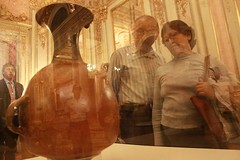Ancient Lambayeque civilizations domesticated cats 3500 years ago
Recent finds at the Ventarrón archaeological site have revealed some of the oldest examples of ancient Peruvian domestication of animals.
The Ventarrón site, belonging to one of the oldest civilizations in the Americas, has already given up a number of amazing discoveries. This latest gives us a look at early animal domestication.
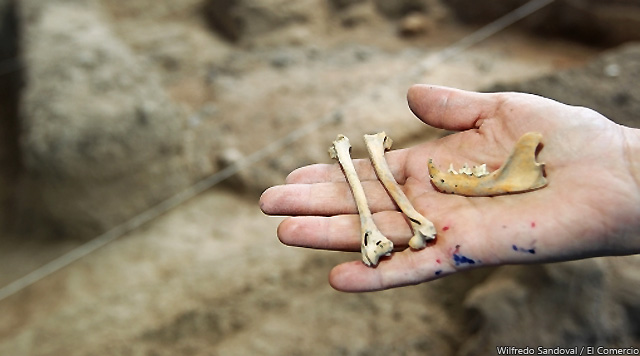

A much more recent Moche (1500yrs ago) ceramic of a local puma
Work at the site, under the leadership of Ignacio Alva, son of famous Peruvian archaeologist Walter Alva, has revealed a huge collection of animal bones, mostly felines from the Peruvian Amazon on the other side of the Andes mountains.
With such a large number of bones, the archaeologists enlisted the help of zoologists Victor Vásquez and Teresa Rosales from the Centro de Investigaciones Arqueobiológicas y Paleoecológicas Andinas Arqueobios de Trujillo (Center of Andean Archaeobiological and Paleoecological Investigation of Trujillo).
The combined group of investigators have concluded that the ancient Lambayeque people were breeding felines at the site. The theory as to why is not at all different from the reason other ancient civilizations, such as in ancient Egypt, kept cats – as a means to control vermin in what was a time of a rapidly expanding and delicate new invention… agriculture.
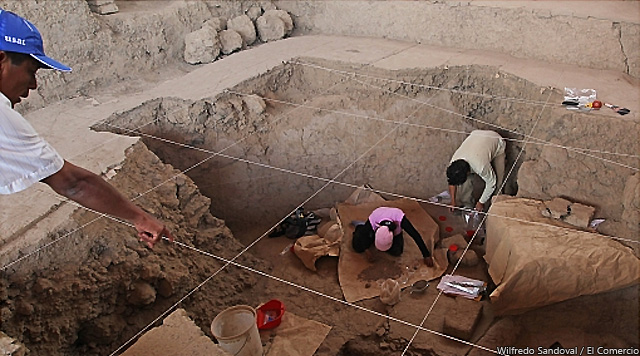
The zoologists are currently studying four examples of puma-like feline skeletons with the aim of discovering whether these show any signs of difference from the skeletons of wild cats that exist today. This will tell us whether any selective breeding occurred and to what extent.
Tags: chiclayo, civilisation, ignacio alva, lambayeque, ruins, ventarron




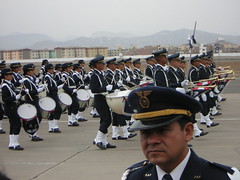
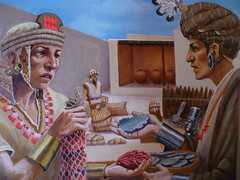

![Peru’s patent win strikes blow against biopiracy [Featured]](http://farm4.static.flickr.com/3213/3119559648_54f3119415.jpg?v=0)
